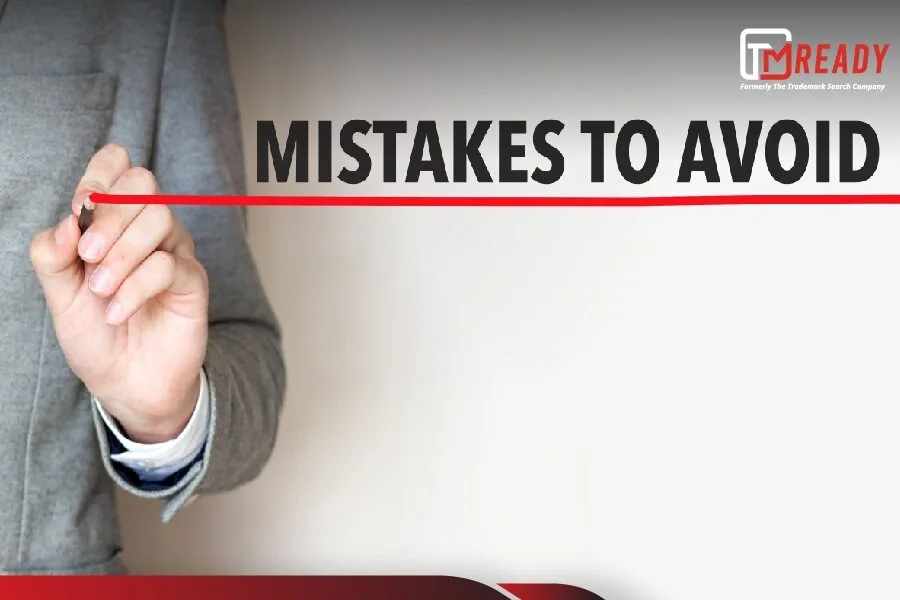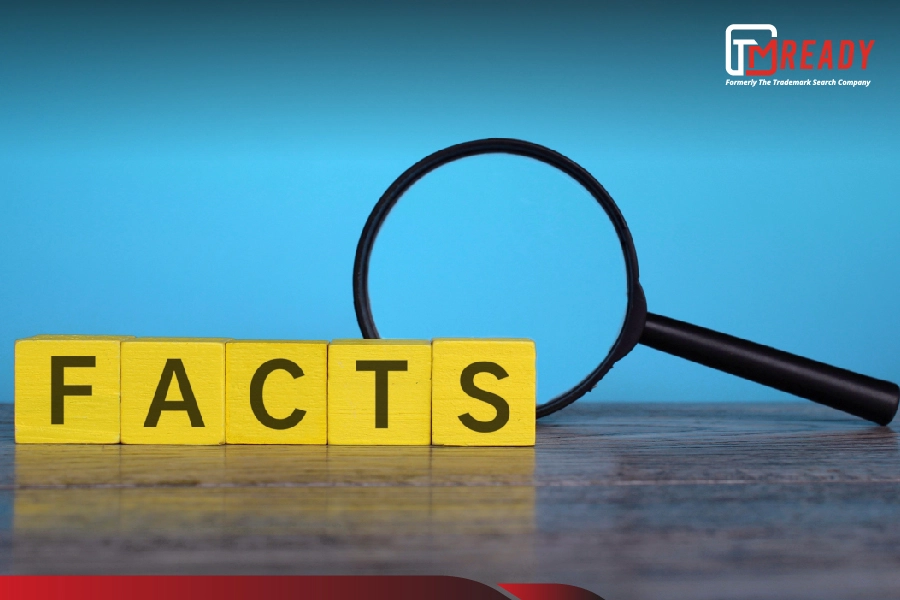While registering for a trademark, we always search for similar marks or related marks to find out whether our symbol is unique or not. Two trademarks are said to be similar when they are either visually or connotatively similar. If any other similar marks are found, then one must change the mark to avoid the consequences of trademark infringement. Trademark clearance is a secondary process to trademark searching in which the availability of any desired or selected trademark is checked and protected.
Trademark clearance could only be accomplished when the trademark search is successfully carried out. It is important to understand that an unsuccessful search can result in drastic consequences that may even ask to pay the penalties to any extent once any sort of infringement is found.
Once an infringement is found to be correct then the infringer is sanctioned with a cease and desist letter, may cause any sort of injunction, may be asked to pay penalties as well as the trademark owner’s attorney fees, etc. Not only this, infringement causes loss of the accumulated clients, and demolishment of the acquired image in the market in front of rest of the competitors.
Thus while applying for the registration of a specific trademark, its searching must be carefully performed to avoid all the above-mentioned consequences.
Trademark Mistakes & Its Solutions
Here is a list of common mistakes that can easily be avoided by performing the trademark clearance search consciously and attentively.
- Showing negligence in hiring a professional attorney: A trademark attorney is an agent who is technically specialized in the field of trademarking, that involves the complete knowledge about the legal and documentation based aspects of the trademark. The person is well aware of the market and all the leading competitors of the firm and is responsible to look over the trademark search so that a good trademark could be established. They play a crucial role in the clients that have comparatively less aware of the market trends or maybe who resides outside the territory of that same country. National and regional IP offices are responsible to store complete details about such well-educated and professional attorneys.
One may become inefficient while performing extensive trademark search for their trademark due to less market and legal domain knowledge. The process goes through a number of ups and downs by can only be handled by a professional attorney having a good experience in this field. A company or an individual may avoid minute mistakes by taking advice or by involving a professional attorney in their team. One must not think twice about this question that whether or not a professional must be hired or not, and must not drop the idea of hiring them. It might include extra costs for their charges, but it is better to pay some extra money and earn the trademark in your name rather than facing a rejection.
- Carrying out insignificant or inefficient search: Insignificant searching means searching for the namesake that could only identify similarities among trademarks on an overall basis, and not get into proper depth for searching. This increases the chances of mistakes in searching for proper similar trademarks which in turn can cause huge losses in terms of trademark infringement.
While efficient searching may reduce the infringement risks by opting for a different trademark (when a similarity is found) or by securely agreeing on the terms of changes of the lawful owner. There are two types of search, namely full trademark, and preliminary search.
Both the searches have their pros and cons.
If we talk about a preliminary search, then it only looks into the USPTO databases and internet for similar results, that generally could recognize a similar trademark if it is some of a bit identical, i.e. only direct conflicts are identified. But it has a limited scope since it only covers federal registrations and applications, and excludes common law marks. While looking at the full trademark search, some of the limitations can be discarded. It includes searching in USPTO databases for various application and registrations records, common laws, company name databases, domain name databases, registration records, and websites.
But sometimes the trademarks are too complex and detailed, due to which it becomes difficult to catch similarities through software or even by eyes.
Not only this, their fees may vary on the basis of the depth of search required by the customer. Preliminary searches are generally completed in less time and incur comparatively fewer costs. While full searches require much more investment in terms of time and money, with an add-on of the attorney’s fees to study that report and draw a conclusion. Even if anyone wants to carry out with the identical trademark, then he/she is can purchase the similar mark through a consent agreement with the first lawful owner of the trademark, can share the ownership with the owner by negotiating in terms of money, or could apply for the cancellation of the previous mark if it is no longer in use.
- Lack of investigation: Investigation which is done only for the namesake might cause a huge loss because of infringement. Searching does not only include searching out and matching out with the active trademarks, but it also includes analyzing for the canceled or abandoned applications.
It is not necessary that if the registration is canceled then the trademark is out of the scope of its first owner. It may also be a case that the owner has secured that trademark for a particular domain, securing it for the future, if the owner wants to work on that particular domain in future. Not using a registered trademark does not technically means that it has been legally abandoned. There are a number of reasons due to which a company or an individual may not be using the trademark currently. It can be any docketing failures, lack of sufficient resource for its maintenance, or may be unable to act on USPTO actions.
- Showing ignorance of similarities: There are two perspectives while ignoring similarities, such as underestimating small firms and their trademark registrations, and another one is to neglect similarities based on descriptive terms. Let us talk about both the views in detail.
If a person or a business underestimates the registered trademarks of a smaller firm, then the smaller firm can claim reverse confusion. By reverse confusion, we mean that a situation of confusion could be created when the clients or the customers get attracted to the big company’s trademark, get involved with them, and would start believing that the smaller firm (actual owner of the trademark) is a sub-unit of the bigger firm. But actually, this is not the reality. Due to this, the smaller firm can file an injunction against the infringer firm that may allow the small firm to earn a lot of money as an injunctive relief. Not only this, the court can force destruction of all the related goods, or penalty to be funded to the small firm, who claims to be the real owner of that trademark.
Looking into the second such mistake is to avoid similar descriptive terms. Generally, using descriptive term within the trademark must be avoided since it is difficult to be registered due to over length and at the same time it is difficult to differentiate between its origin sources. But still, they must be searched to analyze their secondary meanings (meanings conveyed through its use and promotion basis) and its subjectivity (descriptive meaning). For this reason, USPTO may have granted a registration on the Principal Register for a seemingly descriptive mark, affording it a presumption of validity.
Further, find out the benefits of hiring trademark search company for all your business needs.
Our Approach
After going through the mistakes and their consequences, one must not bear the loss of its principal amount and time by making these critical mistakes. For this, we suggest you our support so that you can experience and enjoy your time, and rely on us for our best in class services.
For more details, contact us or visit our service page for pricing and service related queries. You can also drop us a mail at [email protected].






